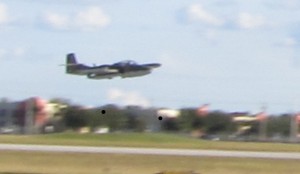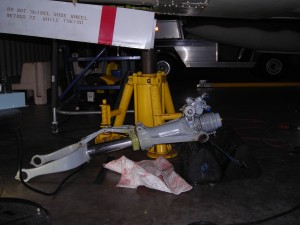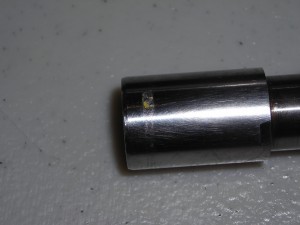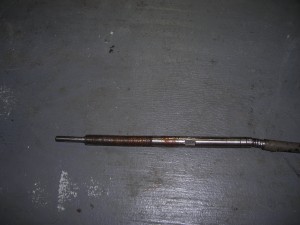Supertweet Moves to St. George, Utah
On September 29th, Supertweet flew out of Florida, VFR. Bad weather was moving in, IFR traffic southbound was a mess, so we blasted out VFR up the east cost, turned left at St. Augustine, and on to Tallahassee. That was first stop of the cross-country.
Leg 1. KTMB VFR to TLH 40 kt. headwind
Leg 2 KTLH VFR to KHEZ 50 kt. headwind
Leg 3 KHEZ VFR to KGGG 60 kt. headwind
Leg 4 KGGG IFR to KLBB. 70 kt. headwind Night flight. Spend night in Lubbock Texas.
Leg 5 KLBB IFR to KGUP 20 kt. headwind
Leg 6 KGUP VFR to KSGU 10 kt. headwind
Ground fog kept the aircraft grounded for two hours at Lubbock; then blast-off when fog burned off. Besides me having an ill-fitting mask, everything went perfectly. No squawks, nothing down. We landed at SGU at 1:30pm.
The night flight from KGGG to KLBB was something poets write of. And always fail to capture. Unlimited visibility, smooth air, and bright lights of Dallas looking surreal. With smooth running engines humming the flight is a highlight in my flying career.
I pinned the landing gear, attached the nose-gear towing brace, and pushed the plane into the shade of the hanger, its new home. Sitting next to a MiG 17, a T38, T37….a great stable.















